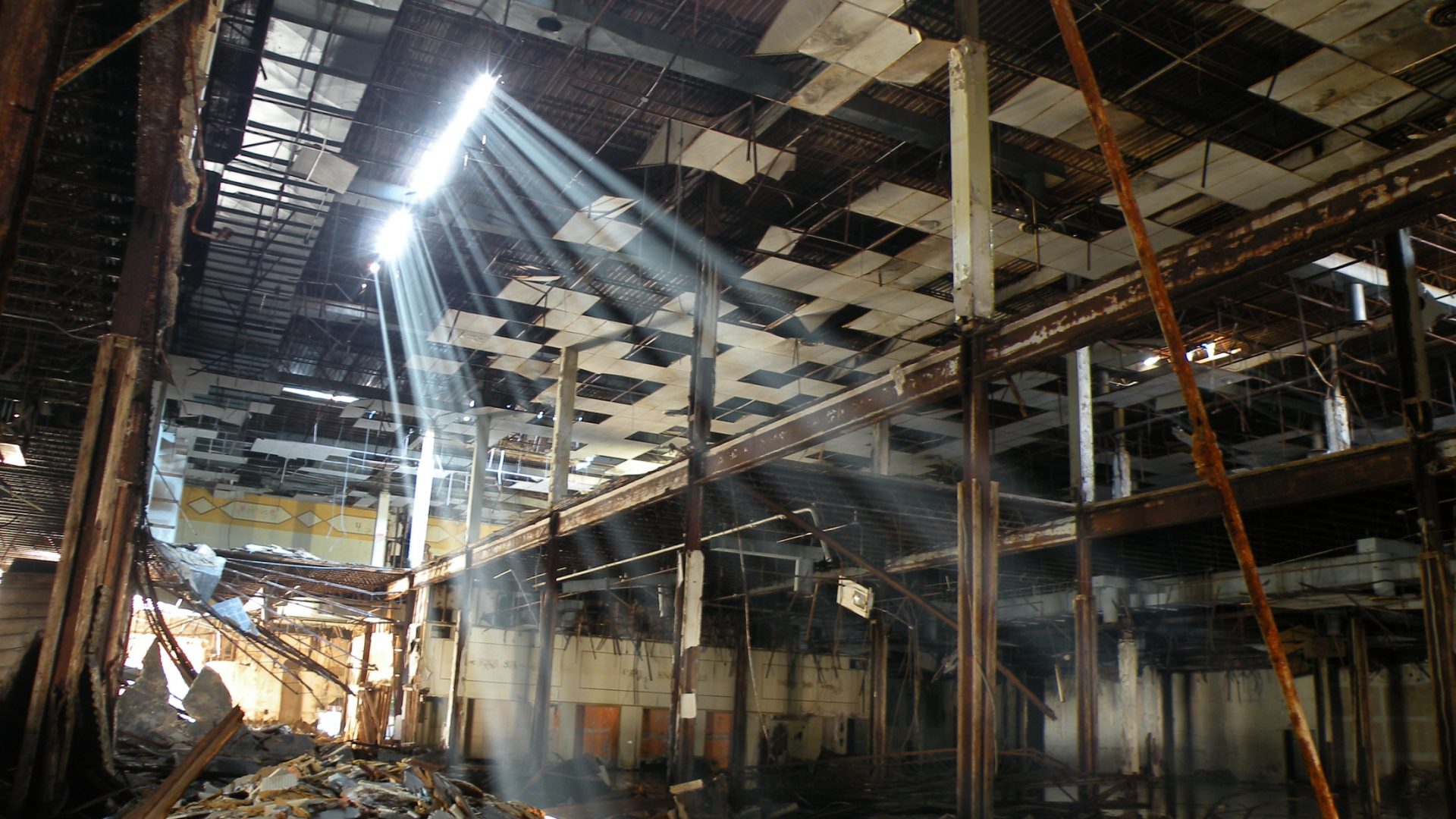| Origins | Annexed c. 1889 |
|---|---|
| Area | Far North Side |
| Boundaries | Devon Ave then heading west along to tracks to Peterson Ave then to Rogers Ave to Rogers and Kostner all on the north, Foster Ave to Foster and Keeler then heading down Keeler to Carmen and Keeler to Keeler and Kedvale then heading down Kedvale to Argyle and Kedvale then east on Argyle to Pulaski and Argyle then up Pulaski to Foster and Pulaski then east on Foster to the River which is the whole southern boundry, east boundry is the river up to Devon, the west boundry is Cicero Ave to the river then heading back to Bryn Mawr |
| Gangs headquartered | Simon City Royals, |
I did not find much info about the earliest settlers of North Park; however, it is not all the way relevant to this gang site anyway.
The North Park story begins in the year 1855 when this wooded prairie part of Jefferson Township was planned to become a village. After this, German and Swedish farmers migrated here planting vegetable fields near the Chicago River. In the year 1877, the Bohemian National Cemetery was opened which brought Czech migration into the northwest side of the neighborhood. The Czech identity was erased in the 1900s decade when they left the area. (Fact source, http://www.encyclopedia.chicagohistory.org/pages/902.html#:~:text=North%20Park’s%20origins%20lie%20in,Branch%20of%20the%20Chicago%20River.)
In the year 1894, thanks to the Swedish University Association, North Park College was opened, and a subdivision nearby was platted. Even though all this progress was happening the area was still not popular as sewage lines, paved streets and sidewalks were slowly installed. It was not until 1910 that the area began to truly grow when two flats and small apartment buildings were constructed progressing in the 1920s. During the depression years of the 1930s North Park sustained as a small industrial district was built in the northwest area of the village. (Fact source, http://www.encyclopedia.chicagohistory.org/pages/902.html#:~:text=North%20Park’s%20origins%20lie%20in,Branch%20of%20the%20Chicago%20River.)
In the 1940s and 1950s this Swedish and German neighborhood continued to grow during some of the best years. This neighborhood was one of the safe neighborhoods of Chicago and there was really no gang activity that I know of during those years. By the 1960s the neighborhood stopped growing; however, this was still a middle-class German and Swedish community tucked far up north away from the woes of the inner city; however, gang issues were not far at the start of the 1970s as gangs were making their way into neighboring Lincoln Square, Albany Park, and West Ridge.
By the mid-1970s North Park became one of the “white wonderland” areas of the city that became heavily regarded by white street gangs from the more inner city battling Hispanic and black gangs. White wonderland was often a terms white gangs used to describe the far north side and northwest side that was mostly free of gang activity and large scale black and Hispanic migration. By the mid-70s battle hardened white gang members began making their way to these neighborhoods to not only escape the violence of their respective communities but to also protect these neighborhoods from falling into the same fate as areas like Albany Park.
The Simon City Royals were the first gang to venture onto these streets in early to mid-70s as they moved to Glenlake and Keystone and went on to dominate from there. Not too long after the Royals settled here the rival C-Notes got the same idea to settle this community as did the Insane Popes. The Royals and Popes were allies and would share these new coveted streets but both groups would not share it with the mutually hated C-Notes and a 1970s gang war ensued. The gangs ran the parks in the neighborhood in the 1970s as Popes captured Peterson Park and Hollywood Park. Royals shared Peterson Park with the Popes and took Brynford Park. C-Notes grabbed Gompers Park. This was a nasty gang war that woke up this sleepy community as these white greasers beat each other senseless.
At some point in the 1980s C-Notes had enough of this area and left the neighborhood. Popes and Royals would become stronger and remained allies as they both would focus on battling outside gangs keeping them out.
Gang activity through the years was not real noticeable unless maybe you were in high school in the 70s and 80s. This is one of the top scoring safest neighborhoods in Chicago and it can be hard to believe the Simon City Royals are still here. The Popes left in the 2000s decade after becoming stronger here in the 90s.
In the 1970s this neighborhood was dominated by Simon City Royals, Insane Popes, and C-Notes
In the 1980s this neighborhood was dominated by Simon City Royals and Insane Popes. C-Notes too but only in earlier 80s.
In the 1990s and 2000s this neighborhood was dominated by Simon City Royals and Insane Popes
In the 2010s and later only Simon City Royals remain.
Insane Popes (north side group) 70s, 80s, 90s, 2000s
Ardmore & Central Park Ave (Peterson Park)
Bryn Mawr & Sawyer
Peterson & Christiana (Hollywood Park)
Simon City Royals 70s-present years
Bryn Mawr & Spaulding
Bryn Mawr & Kimball
Carmen & Bernard
Carmen & Drake
Glenlake & Keystone
Peterson & Central Park Ave (Peterson Park)
Bryn Mawr & Pulaski (Brynford Park)
C-Notes 70s, 80s
Grace & Leavitt
Foster & Keeler (Gompers Park)
